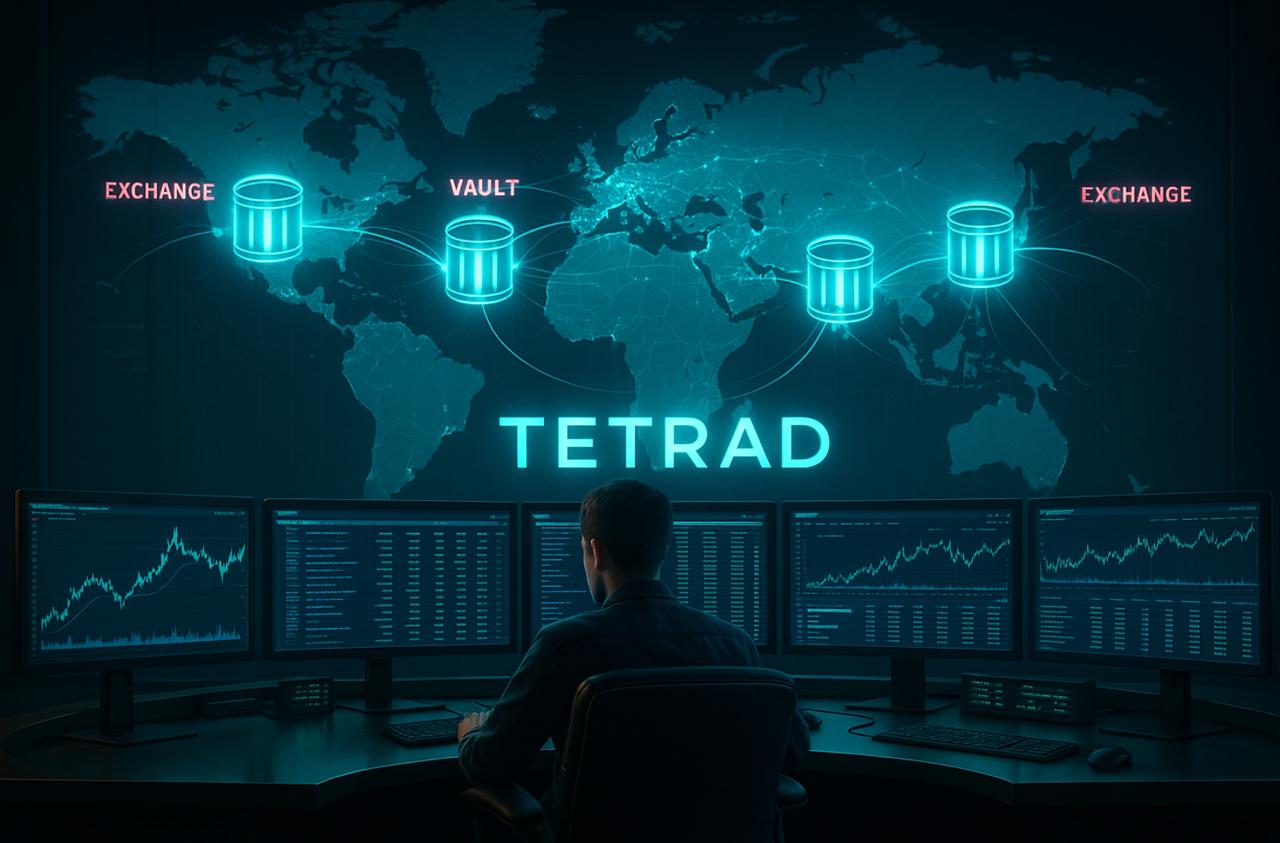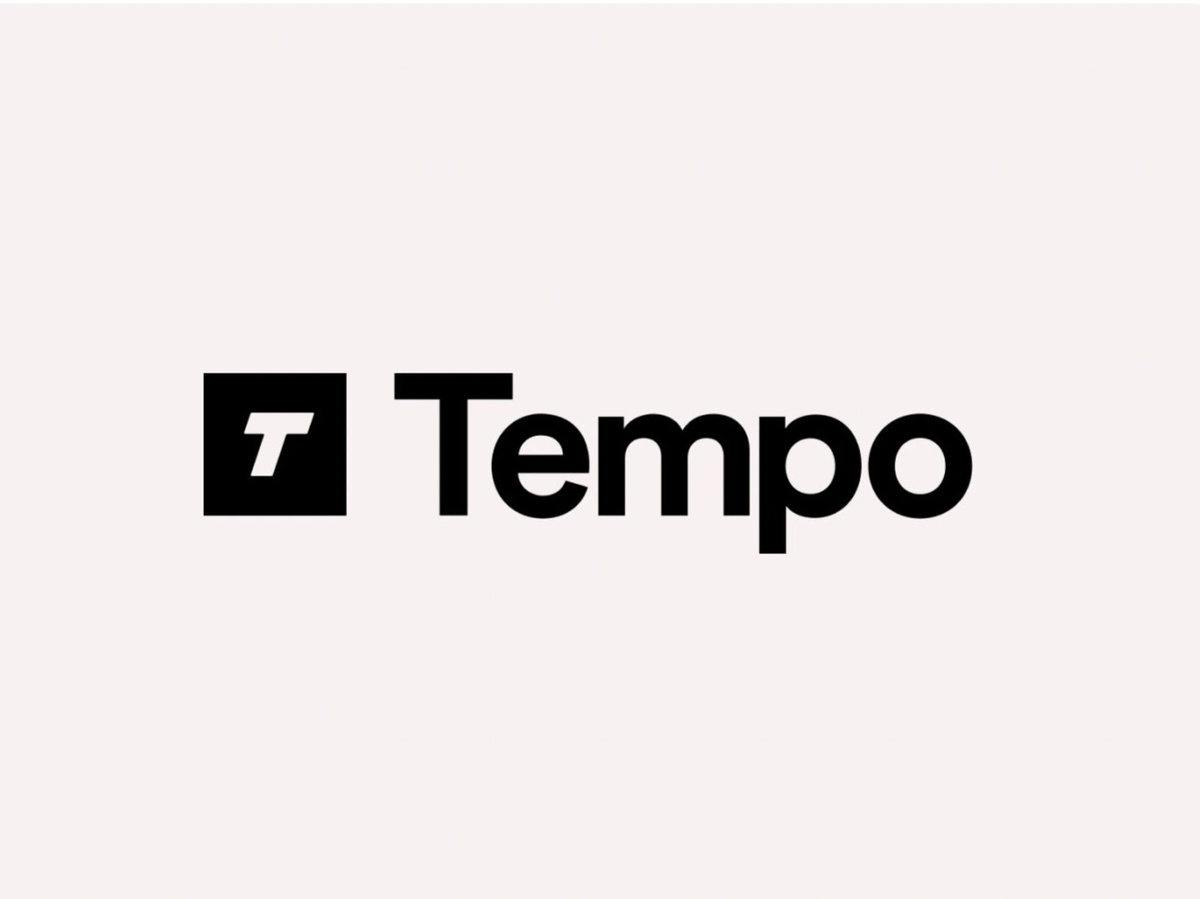As the Bitcoin halving event approaches, top executives at leading Bitcoin mining firms maintain a positive outlook, despite not outperforming Bitcoin itself this year, according to Bernstein research and brokerage firm. This underperformance is attributed to strong U.S. spot Bitcoin exchange-traded fund (ETF) flows, which have diverted retail liquidity away from miner stocks, alongside concerns about how the halving might impact miners’ revenues.
Gautam Chhugani and Mahika Sapra of Bernstein explained that the market has historically viewed mining stocks as mere proxies for Bitcoin. Following the launch of ETFs, a popular strategy emerged: investors went long on spot Bitcoin ETFs and shorted miners. This has been a key factor in their underperformance. According to Marathon CEO Fred Thiel, this perception is due to change post-halving as the industry shifts towards a more consolidated structure favouring efficient, large-scale operators.
CleanSpark CEO Zack Bradford is also optimistic, suggesting that post-halving, the mining stocks are likely to fare better. He anticipates a consolidation within the industry, predicting that only a few major players like CleanSpark, Marathon, Riot Platforms, and Cipher Mining will dominate. Thiel supports this view, acknowledging CleanSpark as a significant competitor in the acquisition race.
On the other hand, Riot Platforms is focusing on organic growth. It aims to overturn market scepticism regarding its fleet’s efficiency by launching a new 1 GW site, which would more than double its capacity through the rest of 2024. Meanwhile, Marathon is expanding its mining sites, and CleanSpark expects to double its capacity by year-end.
The next Bitcoin halving is imminent, set to occur in about five days, reducing the subsidy miners receive per block from 6.25 BTC to 3.125 BTC. Although this is typically seen as a challenge for miners, the significant price rise of Bitcoin—up 60% year-to-date—means dollar revenues are near all-time highs, which buffers the impact of reduced block rewards.
Miners have also benefited from increased blockchain activity, which has bolstered transaction fee revenues. At times, these fees have constituted up to 40% of revenues, although they currently make up about 10%. This additional income stream provides a cushion against the halving’s effects.
The analysts also highlighted an emerging trend where growing AI demand impacts the mining industry. In the short term, AI is helping reduce costs for Bitcoin ASIC chips. However, it’s also intensifying competition for acquiring low-cost power sites, particularly in states like Texas. HUT8 CEO Asher Genoot noted that Bitcoin miners are well-positioned to leverage their capabilities for AI data center opportunities, diversifying revenue streams amidst Bitcoin’s price volatility.
Despite the recent drop in Bitcoin’s price due to geopolitical tensions, analysts believe that current levels might attract sidelined investors, especially if no further geopolitical surprises occur. With the halving headwind likely to pass, Bernstein analysts predict a year of outperformance for top public miners relative to Bitcoin, driven by strong revenues, an expanding capacity pipeline, and new opportunities.











